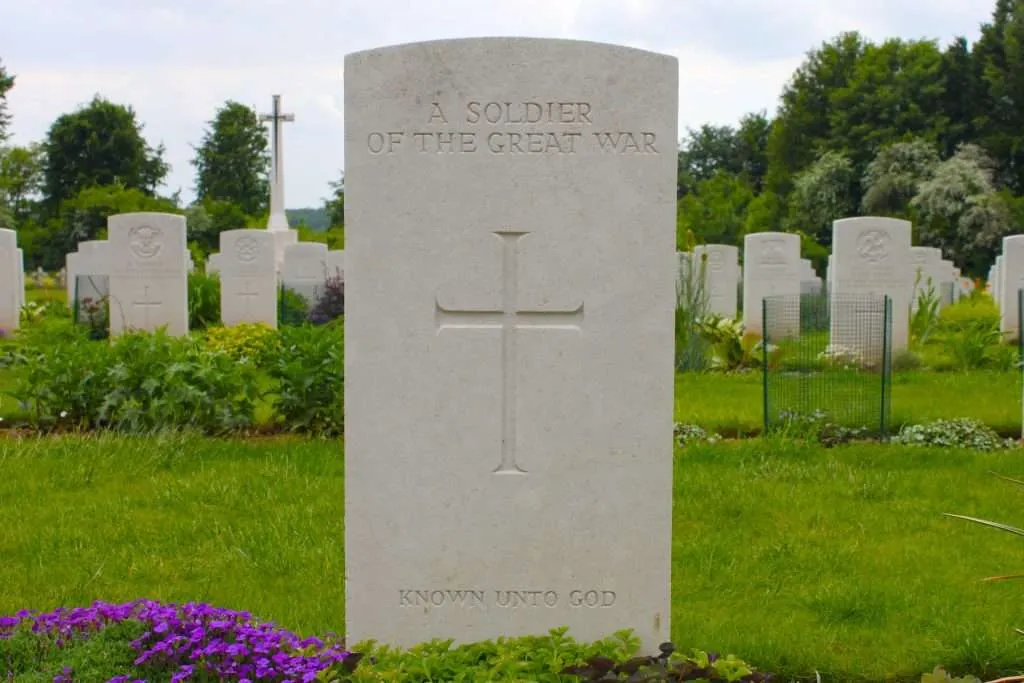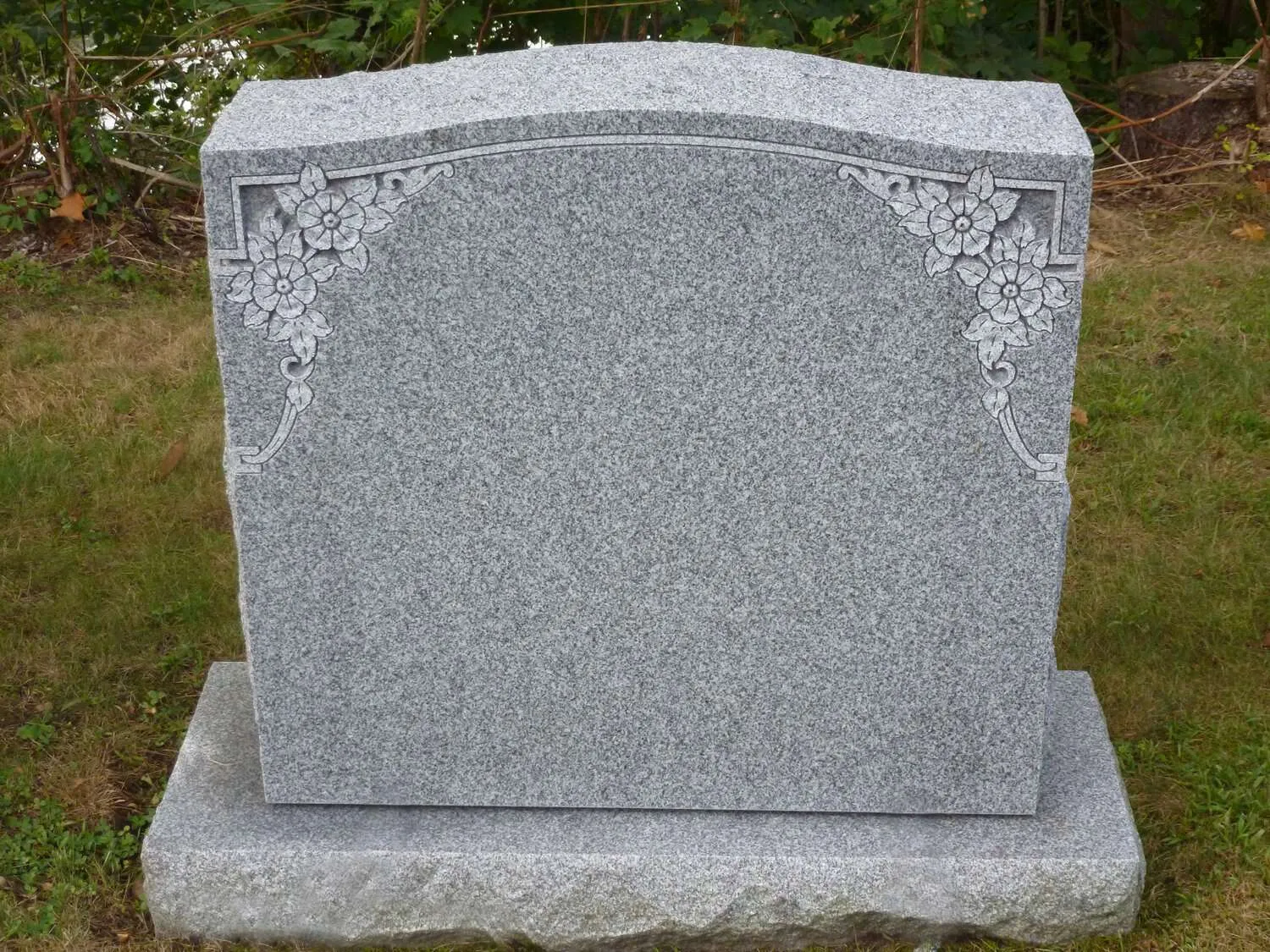Are you mystified by the difference between a tombstone vs headstone?
You’re not alone! Many people use these terms interchangeably, but they actually have distinct meanings. In this article, we’ll unveil the true differences between tombstones and headstones, shedding light on their unique significance.
A tombstone, traditionally made from stone, is a large monument that marks the final resting place of a deceased individual or individuals. Tombstones often include information such as names, dates, and sometimes epitaphs, offering a lasting tribute to the departed. They can be found in cemeteries or as standalone monuments in public spaces.
On the other hand, a headstone is a smaller marker placed at the head of a grave to identify the person buried there. Headstones are typically made from granite or marble and are engraved with basic information like the person’s name, date of birth, and date of death.
Understanding the difference between tombstones and headstones is essential when making burial arrangements or visiting gravesites. So, let’s delve deeper into the nuances and explore the fascinating world of tombstones and headstones.
Understanding Tombstones vs Headstones
Tombstones and headstones are both markers that identify the location of a burial plot. However, there are distinct differences in their design and purpose. A tombstone, typically made of a larger, upright slab of stone, stands as a memorialize family members monument, marking the location of multiple graves within a family plot. On the other hand, a headstone is a smaller marker that identifies an individual grave, usually placed at the head of the burial site.
When considering whether to choose a tombstone or a headstone, it’s important to understand the significance and symbolism behind each option. Tombstones, with their larger size and capacity to accommodate multiple names and inscriptions, are often chosen for family plots where several generations are laid to rest. They serve as a lasting tribute to the entire family’s legacy. Headstones, on the other hand, focus on honoring the individual buried in that specific grave. They typically feature the name, birth and death dates, and sometimes a short epitaph or symbol that represents the person’s life.
Differences: Tombstones vs Headstones
Tombstones and headstones differ not only in their size and purpose but also in their design elements. Tombstones, due to their larger size, offer more space for customization. They can be intricately carved with various motifs, such as religious symbols, floral patterns, or even sculptures that represent the family’s heritage or interests. Headstones, being smaller, have less room for elaborate designs but can still be personalized with engravings, photographs, or small statues that reflect the individual’s personality.
Another notable difference between tombstones and headstones is their placement within the cemetery. Tombstones are often positioned at the center or towards the back of a family plot, creating a focal point for visitors. Headstones, on the other hand, are typically placed at the front of an individual grave, making them easily identifiable and accessible.
Factors to Consider When Choosing: Tombstone vs Headstone
When making the decision between a tombstone and a headstones monuments, several factors come into play. Personal preference is of utmost importance, as the memorial should be a reflection of the deceased’s personality and values. Consider what type of tribute would best honor their memory and choose accordingly.
Budget is another factor to consider. Tombstones, being larger and more elaborate, can be more expensive than headstones. Determine your budget and explore options within that range. Keep in mind that customization and material choices can greatly impact the final cost.
Cemetery regulations should also be taken into account. Different cemeteries may have specific guidelines regarding the size, design, and materials allowed for tombstones and headstones. Ensure that your chosen memorial complies with these regulations to avoid any issues in the future.
Cost comparison: Tombstone vs headstone
Cost is often a determining factor when choosing between a tombstone and a headstone. Tombstones, due to their larger size and potential for intricate designs, tend to be more expensive. The price can vary depending on factors such as the type of stone used, the level of customization, and the complexity of the design.
Headstones, being smaller and less elaborate, are generally more affordable. They offer a more budget-friendly option while still providing a meaningful tribute to the individual buried in that grave. The cost of a headstone will depend on factors such as the material used, the size, and the level of customization.
Popular Materials Used: Tombstone and Headstone
Both tombstones and headstones can be crafted from a variety of materials, each with its own unique characteristics and aesthetic appeal. Some of the most popular materials used for tombstones and headstones include:
- Granite: Known for its durability and versatility, granite is a popular choice for both tombstones and headstones. It comes in a wide range of colors and can be polished to a high shine or left with a more natural, textured finish.
- Marble: Marble is a classic choice for tombstones and headstones, known for its elegance and beauty. It offers a smooth, white surface that can be engraved with intricate designs and details. However, marble is more susceptible to weathering and may require more maintenance over time.
- Limestone: Limestone is a softer stone that can be easily carved and shaped, making it a great option for intricate designs. It offers a more rustic and natural look compared to granite or marble.
- Bronze: Bronze is a durable and long-lasting material often used for plaques and markers. It can be cast into various shapes and sizes, allowing for unique and personalized designs.
- Customization Options: Tombstone vs Headstone
Both tombstones and headstones offer various customization options to create a personalized memorial for your loved one. Tombstones, with their larger size, provide more room for customization. They can be engraved with names, dates, epitaphs, and even photographs. Additionally, the larger surface area allows for intricate carvings, sculptures, or emblems that represent the family’s heritage or the individual’s interests.
Headstones, being smaller, have limited space but still offer customization options. They can be engraved with the individual’s name, birth and death dates, and a short epitaph. Some headstones also allow for the inclusion of a small photograph or symbol that holds special meaning.
- Maintenance and Durability: Tombstone vs Headstone
When choosing a memorial, it’s important to consider the maintenance and durability of the materials used. Granite, being a hard and durable stone, requires minimal maintenance and is highly resistant to weathering and staining. Marble, on the other hand, is softer and more susceptible to weather damage. It may require regular cleaning and sealing to maintain its appearance.
Limestone is also prone to weathering and may require more maintenance over time. Bronze, while durable, may develop a patina over time, adding to its aesthetic appeal. Regular polishing or cleaning can help maintain its original shine.
Ultimately, the level of maintenance and durability will depend on the material chosen and the environmental conditions of the cemetery.
- Cultural and Religious Considerations: Tombstone and Headstone
Cultural and religious considerations can play a significant role in the choice between a tombstone vs headstone. Different cultures and religions have their own customs and traditions when it comes to memorializing the deceased.
For example, some cultures prefer more elaborate and ornate tombstones to honor their ancestors. Others may opt for simpler designs that focus on the individual’s name and dates. Certain religions also have specific requirements regarding the design, materials, and inscriptions on tombstones and headstones.
It’s essential to consult with family members, religious leaders, or cultural advisors to ensure that the chosen memorial aligns with the cultural and religious beliefs of your loved one.
How to select the right tombstone or headstone for your loved one
Selecting the right tombstone vs headstone for your loved one is a deeply personal and emotional process. Here are some steps to guide you through the decision-making process:
- Research: Familiarize yourself with the differences between tombstones and headstones, as well as the materials and customization options available. This will help you make an informed decision.
- Consult with family members: Involve family members in the decision-making process. Consider their preferences and input to ensure that the chosen memorial reflects the wishes of the entire family.
- Consider the deceased’s personality and values: Think about what type of tribute would best honor your loved one’s memory. Consider their interests, hobbies, and achievements when choosing the design and customization options.
- Set a budget: Determine your budget and explore options within that range. Keep in mind that customization and material choices can significantly impact the final cost.
- Check cemetery regulations: Ensure that your chosen memorial complies with the regulations of the cemetery where your loved one will be buried. This will help avoid any issues or complications in the future.
- Seek professional guidance: Consult with a reputable memorial provider who can guide you through the process and help you select the right tombstone or headstone.
Conclusion
Choosing between a tombstone vs headstone is a deeply personal decision that requires careful consideration. By understanding the differences between these two options and considering factors such as personal preference, budget, and cemetery regulations, you can select the right memorial that best honors your loved one’s life and legacy.
Whether you choose a tombstone or a headstone, remember that it is a lasting tribute to their memory and a symbol of the love and respect you hold for them.




